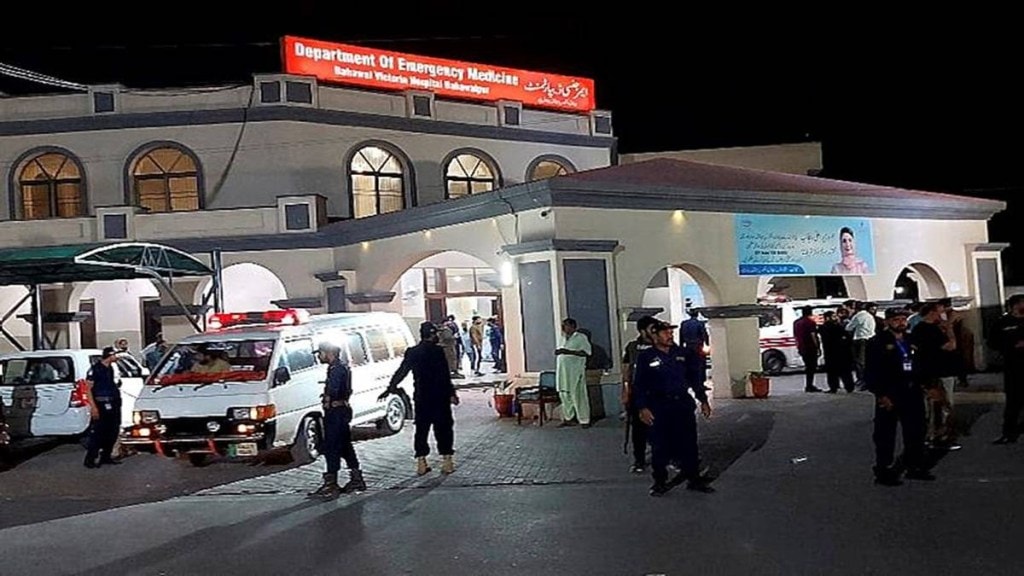Following the terror attack in Pahalgam, India’s armed forces conducted a series of overnight operations targeting what they identified as terror bases within Pakistan. In a statement issued overnight Indian Army confirmed that the strikes were very targeted and focussed on terror outfits operating in Pakistan, that’s why it’s very important to understand the specific significance of these locations, shedding light on India’s strategic rationale.
The core targets of this operation, dubbed ‘Operation Sindoor‘, were reportedly the infrastructure of Jaish-e-Mohammed (JeM), Lashkar-e-Taiba (LeT) and Hijbul Mujahideen. These terror organizations have a long and troubling history of orchestrating significant attacks on Indian soil over the past three decades, making them primary concerns for Indian security agencies.
Why was Bahawalpur attacked? The Heart of JeM
The selection of Bahawalpur as a key target was a well-thought strategy by Indian armed forces. This city, the 12th largest in Pakistan and situated approximately 400 kilometers from Lahore, serves as the central operational hub for Jaish-e-Mohammed. Within Bahawalpur lies the Jamia Masjid Subhan Allah complex, also known as the Usman-o-Ali campus. This sprawling 18-acre facility was reportedly a primary target of India’s strikes.
Reports indicate that the Jamia Masjid complex is far more than just a religious institution. It allegedly functions as JeM’s nerve centre for a range of critical activities, including the recruitment of new operatives, the collection of funds to support their operations, and the ideological indoctrination of its members. The facility houses a large complex complete with a grand mosque, a religious school capable of housing over 600 trainees, a swimming pool, stables for horses, and a gymnasium – all indicative of a significant organizational and training presence.
The founder of JeM, Maulana Masood Azhar, is reportedly headquartered in this facility. Azhar, a known figure in the landscape of terrorism against India, was born in Bahawalpur and continues to reside there within a heavily secured compound. Despite JeM being officially banned in Pakistan in 2002, reports suggest that this ban existed largely on paper, with the organization allegedly continuing its operations with considerable freedom within its Bahawalpur stronghold.
Adding another layer of concern is the reported proximity of the JeM camp to a major Pakistani army cantonment – the headquarters of Pakistan’s 31 Corps – located just a few miles away. Bahawalpur is also rumored to host a secret nuclear facility. This close proximity has fueled suspicions among Indian observers and intelligence sources of potential support and protection afforded to JeM by elements within Pakistan’s Inter-Services Intelligence (ISI).
Beyond Bahawalpur: Targeting a Network
While Bahawalpur represents a crucial command and control centre for JeM, the reported strikes on other locations like Kotli and Muridke likely aimed at disrupting other aspects of the JeM and LeT’s operational network. These locations were potentially housed training facilities, logistical hubs, or communication centers vital to the groups’ ability to plan and execute terror attacks on India.

